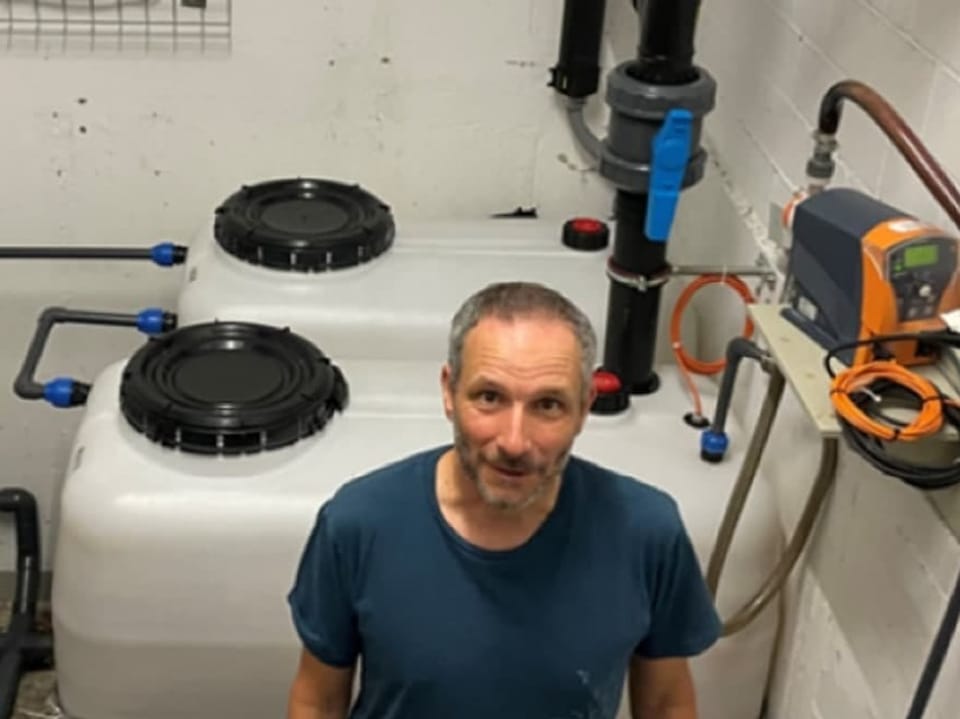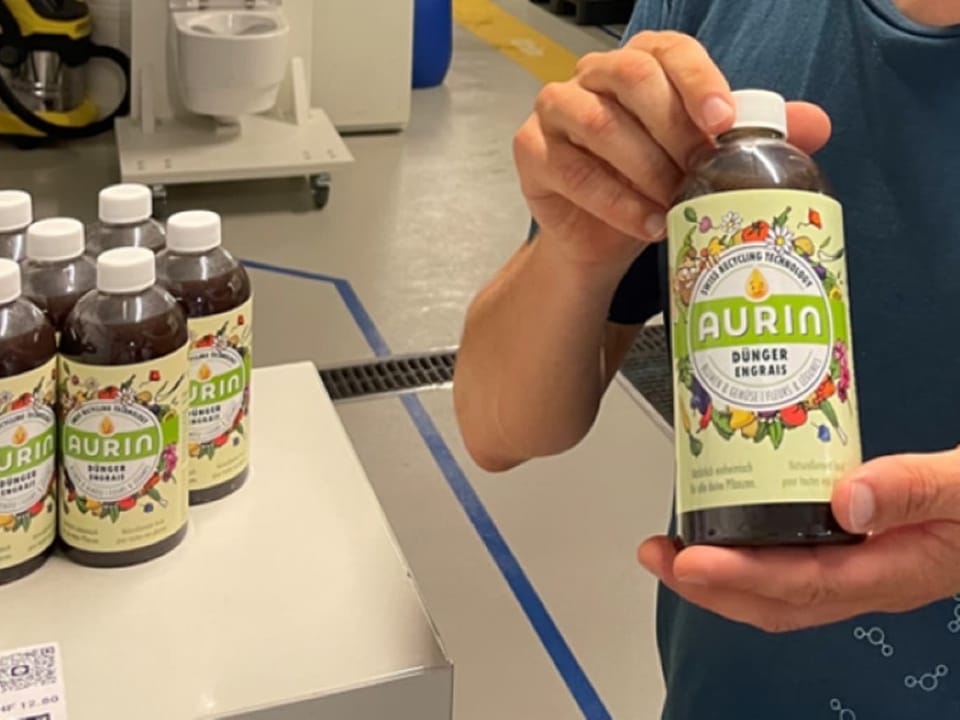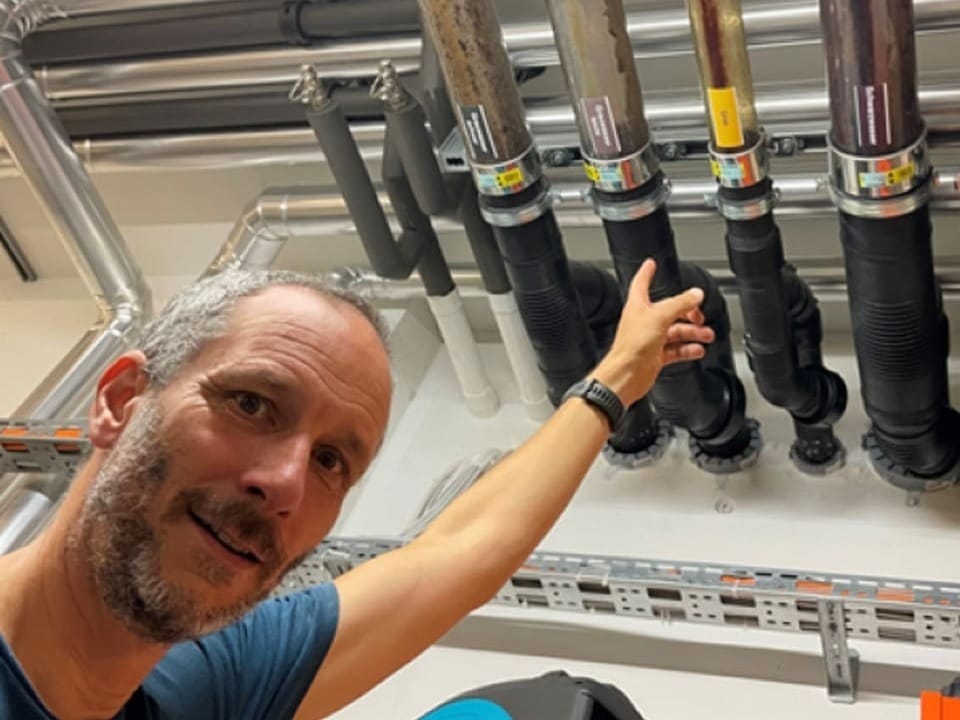Contents
Instead of flushing them away with drinking water, we should use our excretions. This is what researchers from the water research institute Eawag say.
It looks like a normal toilet and is flushed with water. But through a sophisticated mechanism, the urine flows out separately, almost undiluted. “Urine and feces are valuable raw materials,” says Kai Udert, professor at the Eawag water research institute.
There are only such separate toilets here. “We should use our excretions directly instead of first mixing them with a lot of drinking water – and then having to laboriously separate them again in the sewage treatment plants.”
Fertilize with urine, heat with feces
“We collect around 400 liters of urine here every day,” says Udert. The Eawag professor stands in front of four large plastic tanks in the basement of the main building, not far from the cafeteria. “Smell and hygiene are not a problem,” says Udert. The urine flows here from the separate toilets in the various buildings via pipes and is processed in several steps. The end result is a high-quality plant fertilizer with phosphorus, nitrogen, potassium and many trace elements.
Separating toilets at the Eawag water research institute
Feces could also be used. This is being done on a trial basis in another Eawag building. You can use the dried manure in the form of pellets for heating – or use it to make compost or biochar.
Our alluvial sewer system is no longer sustainable.
A rethink is needed, says Max Maurer, also a professor and environmental engineer at the Water Research Institute. If Swiss people’s urine were used consistently, phosphorus would no longer have to be imported from abroad for fertilizer purposes. The two Eawag professors wrote that smaller and decentralized sewage treatment plants are therefore needed in Switzerland in a well-received article. The conventional alluvial sewer system is “no longer sustainable”.
Big discussions and irritation
The Eawag professors aren’t just making friends with their call for a decentralized wastewater system. “This led to major discussions and anger for us,” confirms Stefan Hasler. He is director of the Association of Wastewater and Water Protection Experts VSA. Hasler believes it “doesn’t make sense” to build a new infrastructure with urine pipes and mini sewage treatment plants.
After all, Switzerland has already invested around 120 billion francs in its existing sewerage network and sewage treatment plants. “I also ask myself,” says Hasler, “who ensures that the many small systems are operated professionally? And who will collect the residue from the inner cities?”
Paris introduces separate toilets
The two Eawag professors do not deny that there are still numerous open questions. “For example, we are in the process of developing an inexpensive monitoring system for mini sewage treatment plants using sensors,” says Maurer. It’s not about an immediate change, but rather a long-term restructuring.
In some places, what they propagate is already being implemented. In Paris, for example, the Seine cannot swallow any more water from sewage treatment plants. The water quality is already too bad. That’s why the city is now promoting separate toilets in new building districts, says Kai Udert. In these toilets, the urine is drained and processed separately, like at Eawag. It is important that it remains simple and hygienic.


